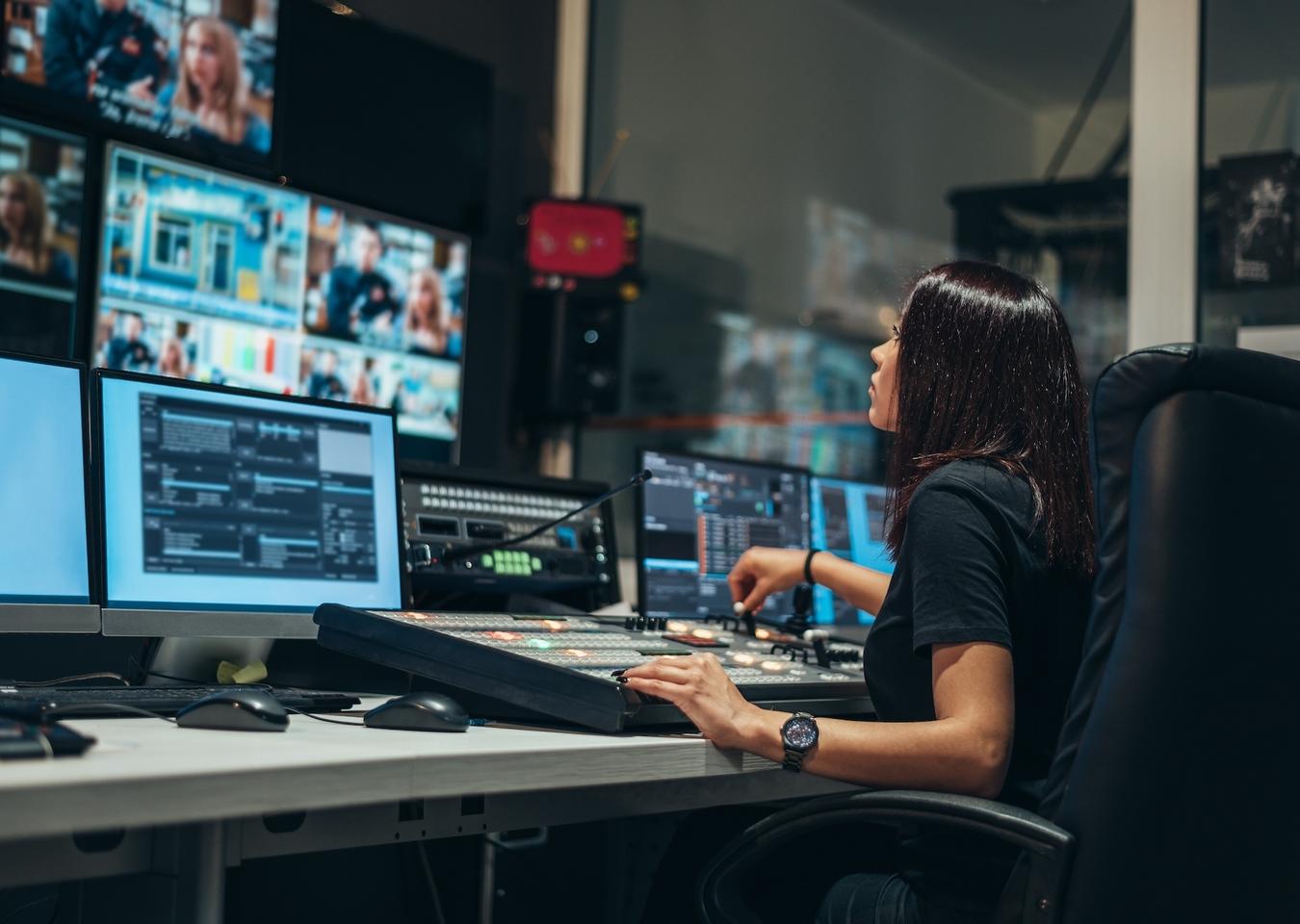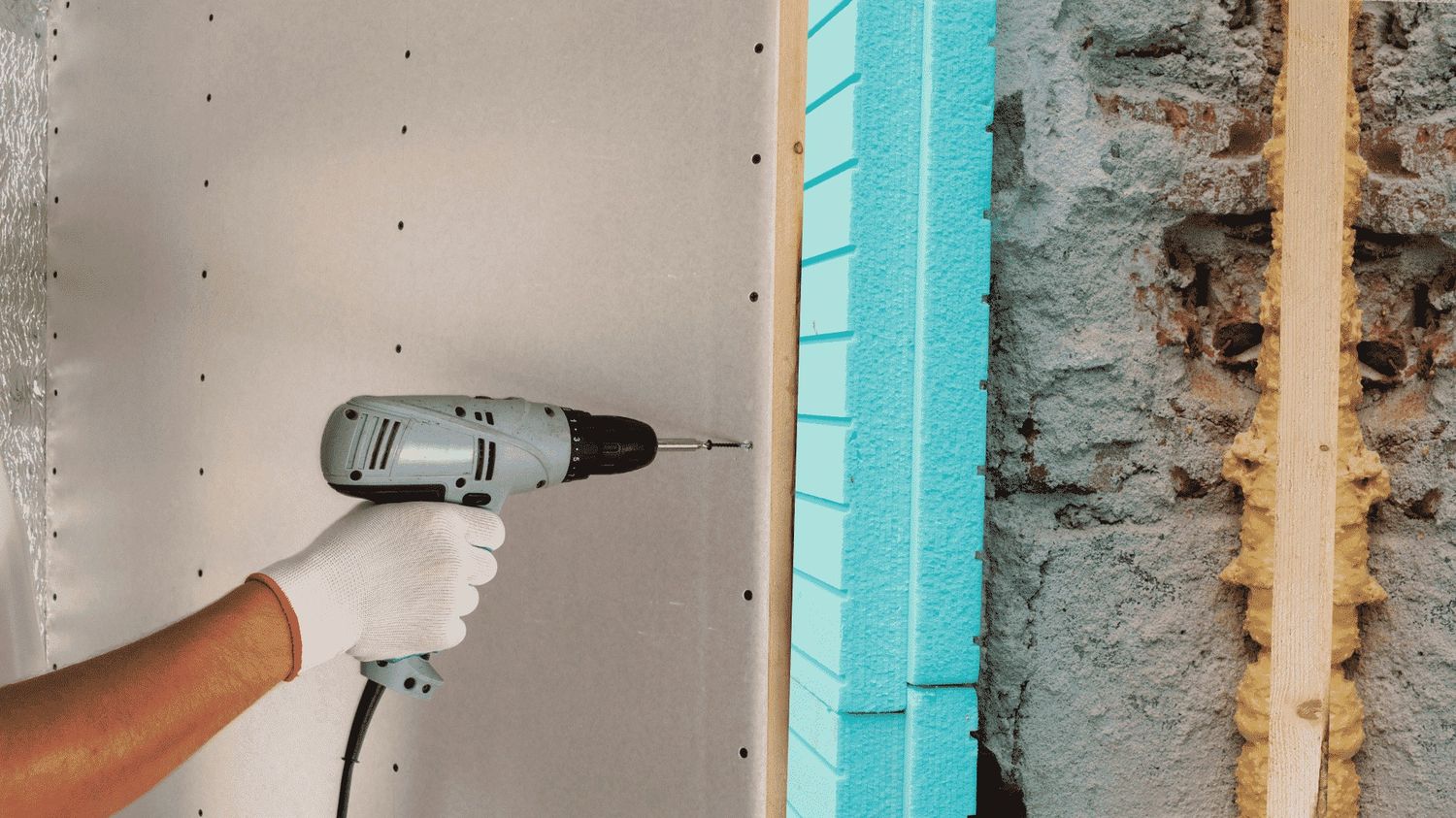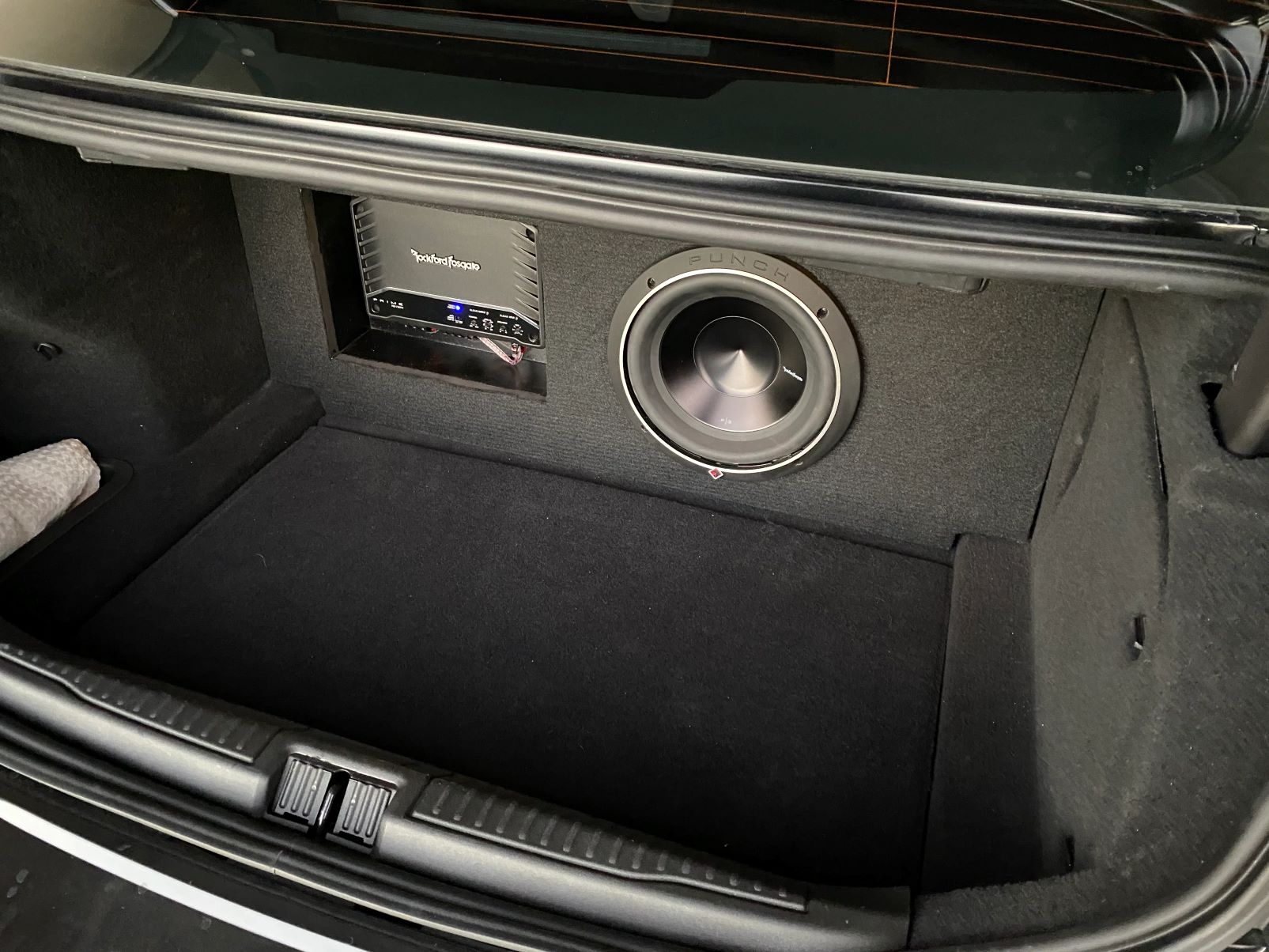Home>Production & Technology>Music Video>How Much Does A Professional Music Video Cost


Music Video
How Much Does A Professional Music Video Cost
Modified: March 7, 2024
Find out the average cost of a professional music video and get insights into the factors that influence pricing for your next project.
(Many of the links in this article redirect to a specific reviewed product. Your purchase of these products through affiliate links helps to generate commission for AudioLover.com, at no extra cost. Learn more)
Table of Contents
Introduction
Music videos have become an integral part of the music industry, serving as a powerful visual medium to complement and enhance the artistic message of a song. They not only entertain and engage viewers but also play a significant role in promoting artists and their music. From cinematic storytelling to high-energy performances, music videos come in various styles and formats, showcasing the creativity and vision of both the artist and the director.
However, creating a professional music video is not a simple or inexpensive endeavor. It involves a multitude of factors, from pre-production planning to post-production editing, that all contribute to the overall cost. Understanding these factors can help artists, producers, and record labels plan their budget effectively and ensure a high-quality end product that aligns with their artistic vision.
In this article, we will explore the factors that impact the cost of a professional music video, including pre-production, production, and post-production expenses. We will also discuss additional costs that are often overlooked but should be considered when budgeting for a music video project.
Factors impacting the cost of a professional music video
Several factors come into play when determining the cost of a professional music video. These factors can vary depending on the artistic vision, complexity of the production, and the reputation of the director or production company involved. Let’s explore some of the key factors that impact the cost:
- Concept and Creative Direction: The concept and creative direction of a music video have a significant impact on the overall cost. A simple performance-based video may require less production and post-production work, making it relatively more affordable. On the other hand, a narrative-driven video with complex visual effects, locations, and costumes may require a larger budget.
- Production Crew and Cast: The size and expertise of the production crew and cast involved in the music video also influence the cost. Hiring experienced professionals, such as directors, cinematographers, makeup artists, and stylists, comes at a higher price. Additionally, if the artist wants to feature prominent actors or special guests, their fees and expenses must be considered.
- Location and Set Design: The choice of location and set design can greatly affect the budget. Renting an extravagant location or building a custom set from scratch can significantly increase costs. Travel expenses, permits, and insurance for shooting on location may also add to the overall expenses.
- Equipment and Technology: Access to high-quality cameras, lighting equipment, and editing software is vital for creating a professional music video. The rental or purchase costs of these equipment, as well as hiring skilled technicians to operate them, contribute to the overall expenses.
- Special Effects and Animation: If the music video requires special effects, animation, or visual enhancements, it can significantly impact the budget. These techniques often require the expertise of VFX artists and animators, increasing both production and post-production costs.
- Timeframe: The timeframe in which the video needs to be completed can impact the cost. Rushed projects may require additional resources, overtime pay for the crew, and expedited post-production, leading to higher expenses.
It is important to note that these factors are not exhaustive and can vary from project to project. Understanding these factors allows for better planning and a realistic assessment of the budget needed for a professional music video.
Pre-production expenses
Before the cameras start rolling, there are several essential pre-production expenses involved in the creation of a professional music video. This phase lays the foundation for the entire production process and ensures a smooth execution. Let’s explore some of the pre-production expenses that need to be considered:
- Concept Development: Developing a compelling concept for the music video is vital. This stage involves brainstorming ideas, storyboarding, and creating a detailed visual plan. Hiring a creative team or a director experienced in concept development can be a significant expense.
- Location Scouting: Finding the perfect location(s) that align with the concept of the music video can be a time-consuming and costly process. It may involve travel expenses, location fees, permits, and insurance.
- Crew and Cast Auditions: Depending on the complexity and scale of the music video, auditions may be necessary to select the right crew members and cast. These auditions may involve paying fees to casting directors and compensating performers for their time and preparation.
- Set Design and Construction: Building and designing sets that match the creative vision of the music video can require skilled carpenters, painters, and prop masters. Materials, labor costs, and equipment rentals need to be factored into the budget.
- Costumes and Wardrobe: Outfitting the performers in the music video with appropriate costumes and wardrobe can be a significant expense. This includes sourcing, renting, or creating custom outfits, as well as hiring wardrobe stylists to ensure the desired look is achieved.
- Insurance and Permits: Protecting the production and obtaining the necessary permits is crucial. Insurance coverage, location permits, and liability waivers are essential to ensure the safety of the crew and equipment during filming.
- Travel and Accommodation: If the music video requires shooting in different locations, travel expenses for the crew and cast, including transportation and accommodation, must be considered.
Pre-production expenses are critical to ensuring that the production runs smoothly and that the creative vision is effectively translated onto the screen. It’s essential to allocate a sufficient budget for these expenses during the planning stage to avoid any setbacks during production.
Production expenses
The production phase of creating a professional music video involves bringing the creative vision to life through filming and capturing the desired shots. This phase involves numerous expenses that contribute to the overall production quality. Let’s explore some of the production expenses to consider:
- Location Fees: Depending on the chosen locations for filming, there may be fees associated with renting the spaces. These fees can vary widely, depending on the popularity and exclusivity of the location.
- Crew and Talent Fees: The professionals involved in the production, including the director, cinematographer, camera operators, lighting technicians, and choreographers, among others, require payment for their expertise and services. Additionally, if the music video features guest artists or actors, their fees must be included in the budget.
- Equipment Rental: High-quality cameras, lighting equipment, sound equipment, and other production tools are essential for capturing and recording the music video. Renting or investing in the necessary equipment can be a significant expense.
- Travel and Lodging: If the music video requires shooting in different locations, travel and lodging expenses for the crew and talent must be accounted for. This includes transportation costs, accommodation, and meal allowances.
- Production Design: Creating the desired visual aesthetic of the music video involves production design. This can include building sets, dressing locations, and organizing props, all of which come with expenses for materials, labor, and decoration.
- Makeup and Styling: To ensure the performers look their best, hiring professional makeup artists and stylists is essential. Their fees, as well as the cost of cosmetics, hair products, and wardrobe changes, need to be considered.
- Catering: Providing meals and refreshments for the crew during production days is crucial for maintaining productivity and morale. Allocating a budget for catering services helps ensure everyone is well-fed and energized on set.
These production expenses are vital investments in creating a high-quality music video that meets the artistic vision. Careful planning and budgeting for these expenses are necessary to ensure a successful production phase.
Post-production expenses
The post-production phase of creating a professional music video is where all the footage and audio captured during production come together to create a polished final product. This phase involves various expenses that contribute to the editing, visual effects, and overall enhancement of the music video. Let’s explore some of the post-production expenses to consider:
- Editing and Color Grading: The editing process is a crucial step in shaping the narrative and flow of the music video. Hiring an experienced video editor, as well as investing in professional editing software, ensures a high-quality final cut. Color grading is also an important aspect of post-production, as it enhances the visual aesthetic and establishes the desired mood.
- Visual Effects and Motion Graphics: If the music video requires visual effects or motion graphics, such as animated elements or 3D rendering, the cost of hiring skilled visual effects artists should be considered. These professionals bring the desired visual enhancements to life during the post-production phase.
- Sound Mixing and Audio Enhancement: Ensuring that the audio in the music video is clear, well-balanced, and free of any unwanted noise is essential. Hiring a professional sound engineer to mix and enhance the audio can significantly improve the overall quality of the music video.
- Music Licensing: If the music used in the video is not an original composition, securing the rights to use the song requires obtaining proper licenses. The cost of licensing the music should be factored into the post-production budget.
- Title Design and Graphic Elements: Designing and creating visually appealing titles, lower thirds, and other graphic elements add a professional touch to the music video. Investing in graphic designers or motion graphics artists can elevate the overall aesthetic and production value.
- Rendering and Output: Once the post-production work is complete, the final video needs to be rendered and outputted into the desired formats and resolutions. This may involve additional costs, depending on the specific requirements for distribution.
Post-production expenses are necessary to refine and enhance the music video, ensuring that it achieves the desired artistic vision. Allocating a sufficient budget for these expenses allows for a polished and visually captivating final product.
Additional costs to consider
When budgeting for a professional music video, it’s important to consider additional costs that may arise during the production process. These costs are often overlooked but can have a significant impact on the overall budget. Let’s explore some of the additional costs to consider:
- Travel and Per Diems: If the music video requires shooting in multiple locations or involves travel beyond the local area, travel expenses for the crew and talent must be accounted for. This includes transportation costs, such as flights or gas, as well as per diems for meals and incidentals.
- Insurance and Liability Coverage: Protecting the production from unforeseen circumstances is crucial. Purchasing insurance coverage to protect against accidents, equipment damage, or other potential incidents is an additional cost that should be factored into the budget.
- Marketing and Promotion: Once the music video is complete, promoting it to reach a wider audience may require further investment. This could include social media advertising, paid placements, or hiring a publicist to generate buzz and media coverage.
- Contingency Fund: It’s always wise to allocate a contingency fund in the budget to cover unexpected expenses that may arise during production. This ensures that any unforeseen challenges or changes can be addressed without hampering the quality or completion of the music video.
- Distribution Costs: After the music video is complete, there may be costs associated with distributing it to various platforms, such as online streaming services or television networks. These costs can include digital encoding, licensing fees, or delivery expenses.
- Rights and Clearances: Using certain copyrighted material, trademarks, or even artistic works within the music video may require obtaining rights or permissions. The costs associated with securing these rights and clearances should be considered.
Considering these additional costs ensures that the budget for a professional music video is comprehensive and realistic. Planning for these expenses upfront helps avoid financial surprises and allows for a smoother production process.
Conclusion
Creating a professional music video is an exciting and creative endeavor, but it requires careful planning and budgeting. Understanding the factors that impact the cost of a music video is essential for artists, producers, and record labels to ensure the successful execution of their vision within their allocated budget.
From pre-production expenses such as concept development, location scouting, and set design, to production expenses including crew and talent fees, equipment rentals, and travel costs, each phase of the music video production process carries its own set of expenses. The post-production phase, with editing, visual effects, audio enhancement, and music licensing, further adds to the overall cost. Additionally, there are additional costs to consider, such as travel and per diems, insurance coverage, marketing and promotion, contingency funds, distribution expenses, and rights and clearances.
By carefully considering and budgeting for these expenses, artists and production teams can ensure a high-quality music video that effectively conveys their artistic vision. It is important to remember that the cost of a professional music video can vary greatly depending on factors such as the complexity of the concept, production scale, location choices, and the caliber of the crew and talent involved. Having a clear understanding of these factors will help in proper financial planning and resource allocation.
Ultimately, investing in a professional music video can significantly enhance an artist’s visibility, drive engagement, and impact their career trajectory. With the right budgeting and creative vision, a music video has the potential to captivate audiences, leave a lasting impression, and elevate an artist’s brand in the highly competitive music industry.











